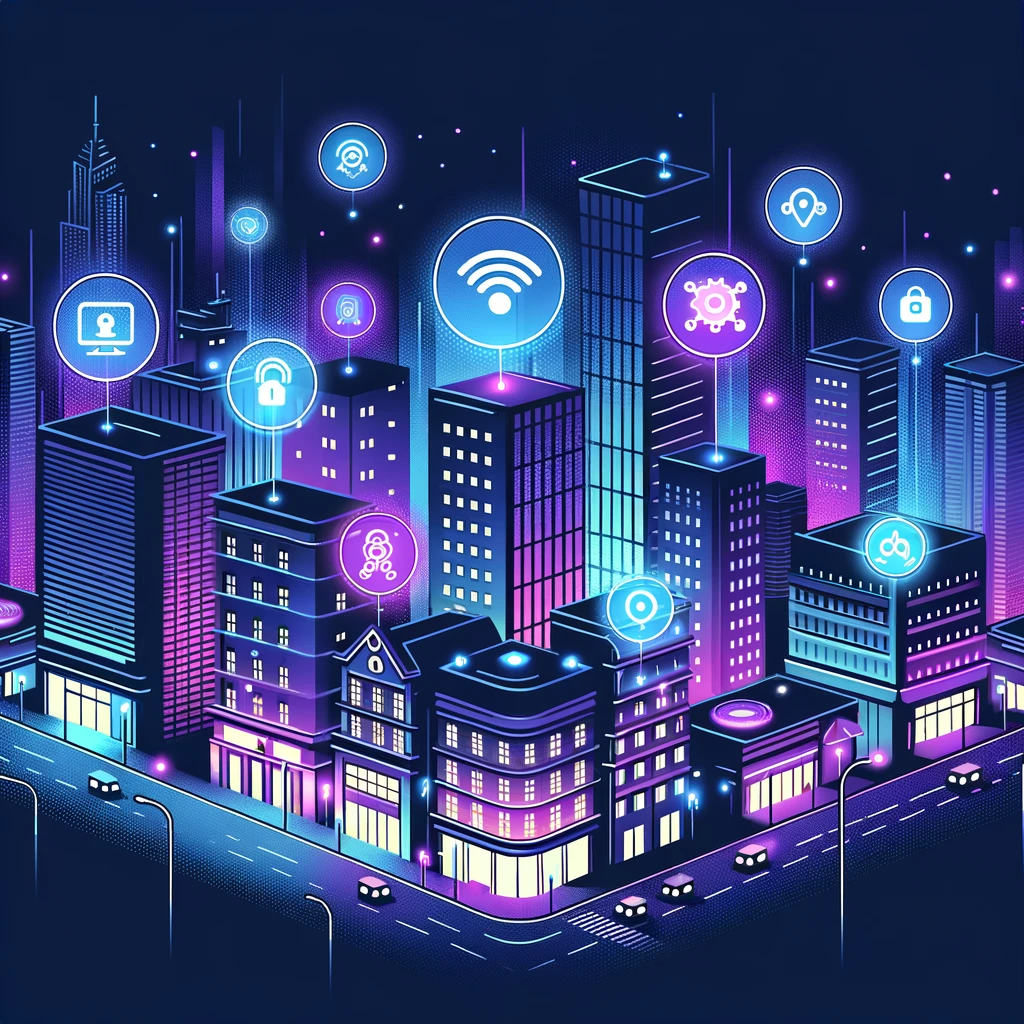

Urban and Interurban Mobility
Research in AI applied to urban and interurban mobility aims to improve transportation systems by optimizing the distribution of resources, such as vehicles and stations, to efficiently meet the demand for movement. This approach considers crucial aspects like environmental sustainability, user experience, and the economic viability of operators, proposing solutions that balance these often conflicting interests.
By using artificial intelligence techniques, such as agent-based modeling, modifications in transportation infrastructure and operations can be tested before actual implementation, ensuring practical solutions tailored to the specific needs of urban and rural areas. This comprehensive approach enables the creation of more adaptive, efficient, and environmentally friendly transportation systems, significantly enhancing mobility within urban environments and effectively connecting interurban areas.
The urban and interurban mobility service is primarily aimed at a wide range of companies and public entities interested in optimizing transportation systems. These include transportation operators managing bus, tram, and metro services, seeking to improve operational efficiency and user experience. Additionally, logistics and freight transport companies focus on route optimization, efficient distribution of goods, and reducing costs and environmental impact. Also included are developers of technological solutions for smart mobility and municipal and regional public entities responsible for transportation planning and regulation.


